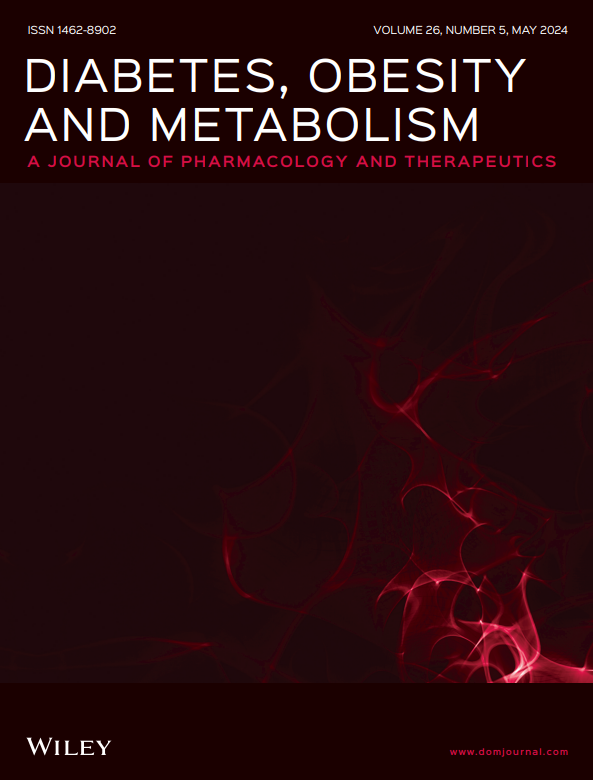Association of metabolic score for visceral fat with all-cause mortality, cardiovascular mortality, and cancer mortality: A prospective cohort study
Abstract
Aim
Our study aimed to evaluate the association between the metabolic score for visceral fat (METS-VF) and mortality.
Methods
We conducted a cohort study comprising 11,120 participants. We employed weighted multivariable Cox regression analysis to assess the relationship between METS-VF and mortality. Restricted cubic spline analyses were used to investigate potential non-linear associations. Receiver operating characteristic curves were used to evaluate the predictive value of METS-VF and other obesity-related indicators for mortality. Subgroup analysis and sensitivity analysis were performed to confirm the robustness of the results. Mendelian randomization analysis was utilized to assess potential causality.
Results
Over a median follow-up duration of 83 months, a total of 1014 all-cause deaths, 301 cardiovascular deaths, and 262 cancer deaths occurred. For every 0.2-unit increase in METS-VF, the hazard ratios(HRs) of all-cause mortality, cardiovascular mortality, and cancer mortality were 1.13 [95% confidence interval (CI): 1.06, 1.20], 1.18 (95% CI: 1.06, 1.31), and 1.13 (95% CI: 1.03, 1.25), respectively. In addition, restricted cubic spline analyses revealed no significant non-linear associations between METS-VF and all-cause mortality, cardiovascular mortality, and cancer mortality. In multivariate Cox regression models, hazard ratios of all-cause mortality, cardiovascular mortality and cancer mortality were higher in the highest METS-VF group compared to the reference group. Subgroup and sensitivity analyses confirmed that our results were robust. Receiver operating characteristic curves indicated that METS-VF predicted mortality better than other obesity-related indicators. Mendelian randomization analysis confirmed significant causal relationships.
Conclusions
METS-VF was positively associated with all-cause mortality, cardiovascular mortality, and cancer mortality. These findings suggest that METS-VF could serve as a straightforward, reliable, and cost-effective marker for identifying individuals at high risk of mortality.

 求助内容:
求助内容: 应助结果提醒方式:
应助结果提醒方式:


